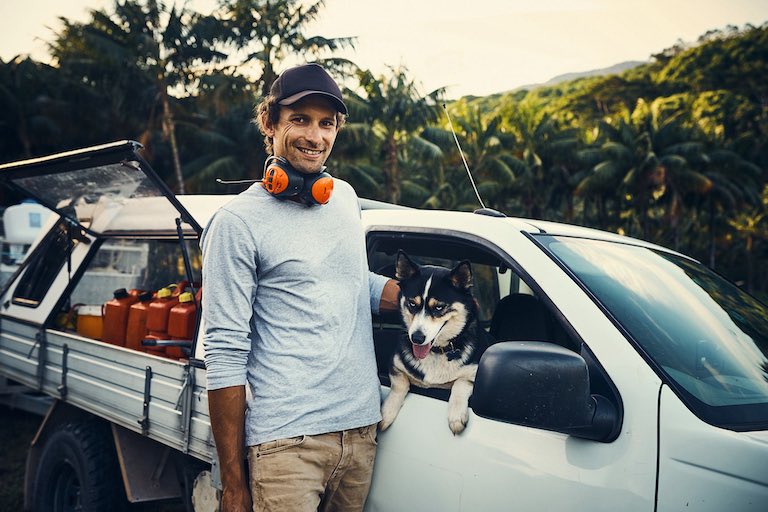
WATCH: New Ford Ranger pushed to the limit
Blue Oval brand shares next-gen Ford Ranger’s rigorous off-road testing ahead of 2022 launchAustralian development engineers tasked with ensuring the new-generation 2022 Ford Ranger makes significant improvements over the current model have shared insights into what’s gone into the ute’s punishing testing regime.
When it’s officially unveiled later this year ahead of a 2022 launch, Ford says the new Ranger will be the toughest, smartest, most versatile and most capable yet.
As with the current model, the next-gen Ford Ranger was designed, engineered and developed Down Under, and will form the basis for a new Ford Everest 4x4 off-roader as well as the second-generation Volkswagen Amarok due in 2023.
In a video teaser released by the brand – the latest in a drip-feed of promos for the hotly-anticipated ute – the new Ford Ranger’s chief program engineer, John Willems, said the vehicle has tackled some of the toughest terrain around the world during testing.
“Earning a ‘Built Ford Tough’ status is not something we take lightly,” he said.

“Every part of the next-generation Ranger was tested to the same standards that we demand of every Ford vehicle.”
Ford says testing for the new-gen Ranger 4x4 dual-cab has covered around 10,000km of desert driving in North America, Australia and the Middle East, the equivalent of 1,250,000km of customer driving and the equivalent of 625,000km of off-road durability testing at maximum load capacity.
Cold weather testing in North America and New Zealand have also made sure the new Ranger will cope with icy conditions, while extreme hot weather testing also took place.

As we’ve seen from a fresh round of spy shots this week, there’s plenty of development occurring around the Ranger’s production base in Thailand too.
“It’s important that our customers are able to rely on Ranger to deliver years of dependable service,” said Willems.
“So we’ve gone to great lengths to subject next-gen Ranger to extreme tests – stressing it much more than a typical consumer would – to help ensure it is ready to face everything life throws at it.

“Whether it’s tackling muddy bush tracks, coping with the rigours of extreme tropical weather, towing over alpine passes, or enduring temperatures of more than 50 degrees Celsius, Ranger has to do it all.”
A huge amount of work has also been carried out at Ford’s Lara proving ground near Geelong in Victoria, in addition to the main R&D development centre in Campbellfield, north of Melbourne, with Willems explaining that computer simulations helped speed up development while lab testing helped refine and test specific components.

However, some tests are deemed too rigorous for humans to endure, such as the extreme “squeak and rattle” rig, where the Ranger is exposed to “24/7 test cycles”.
“Our job as engineers is to translate the customer experience insights into a clear product definition brief for the engineering group, which becomes the absolute reference for engineers,” he said.
“This is particularly important for the Ranger, given we are developing it to be sold across the globe.”


Please see our Editorial Guidelines & Code of Ethics (including for more information about sponsored content and paid events). The information published on this website is of a general nature only and doesn’t consider your particular circumstances or needs.
























